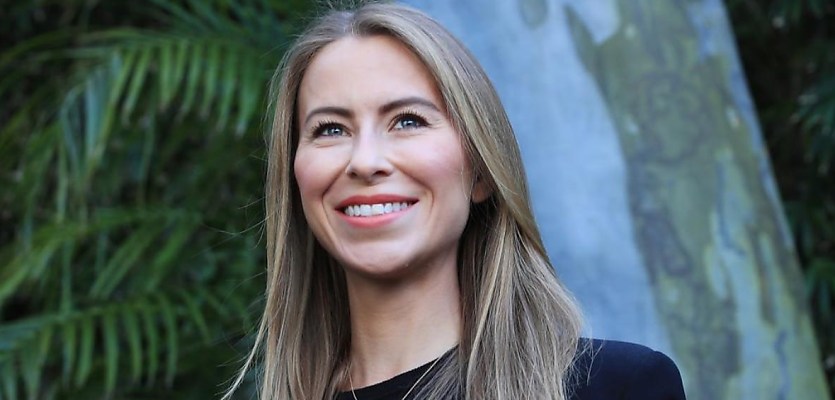A new report showed property price declines across the country deepened in November — ending the spring selling season on a gloomy note.
PropTrack’s latest Home Price Index showed national home price falls sped up from October’s slower pace of declines, with national prices recording a 0.16 per cent decline in November — down 3.83 per cent from their highest level.
During the previous month, property prices posted a softer contraction of 0.06 per cent, which brought housing values 3.53 per cent below their peak.
Almost every capital city recorded price pullbacks, with Darwin and Melbourne posting the biggest declines at 0.49 per cent and 0.33 per cent, respectively.
The Tasmanian and Melbourne capitals were followed by Hobart (-0.27 per cent) and Sydney ( -0.14 per cent).
Notably, home prices in the NSW capital are now trending 6.65 per cent below their November 2021 level.
South Australia continued to defy the downturn, with prices in Adelaide rising 0.25 per cent to a new peak.
The same strength is seen in regional South Australia, where house prices recorded the strongest pace of growth in November by rising 0.30 per cent during the period to also reach a new price peak.
Despite the latest declines, the report noted that prices nationally are still 30 per cent above their pre-pandemic levels.
Over the year, the strongest-performing capitals are Adelaide (up 12.63 per cent) and Brisbane (up 4.72 per cent).
PropTrack senior economist Eleanor Creagh said rising interest rates have quickly rebalanced the housing market from last year’s extreme growth.
“National home prices have fallen for the eighth month in a row, with the fastest interest rate tightening cycle since the 1990s weighing on home prices in most parts of the country,” she stated.
Since May, the central bank has consistently increased the official cash rate from a record low of 0.1 per cent to currently stand at 2.85 per cent in November.
While the monetary policy tightening was undertaken to quell the rising inflation, it also made borrowing more expensive for Aussies, particularly mortgage holders.
Although the rate of price falls continues to be significantly less than the larger falls seen in June and July when interest rates first started rising, Ms Creagh said that the downturn has continued to deepen as interest rates continue to rise.
She also gave her forecast on the outcome of the December RBA board meeting and cash rate announcement on 6 December.
“A further 25 basis points rate rise, taking the cash rate above 3 per cent in December, is all but certain,” she said.
The expert also noted that with additional rate rises on the horizon, borrowing costs would continue to increase, and maximum borrowing capacities would further reduce.
“The significant reduction in borrowing capacities implies further price falls,” she stated.
On the upside, the expert said that positive demand effects would counter the downward pressure to some extent. She also expects that the price falls will likely ease once interest rates stop rising in 2023.







You are not authorised to post comments.
Comments will undergo moderation before they get published.